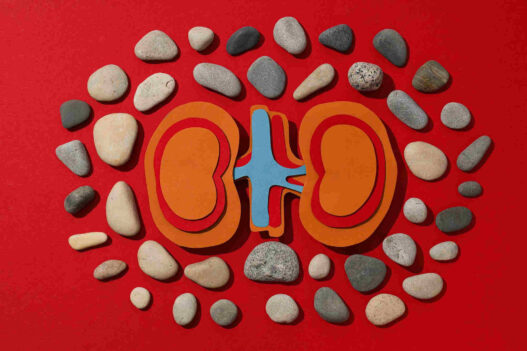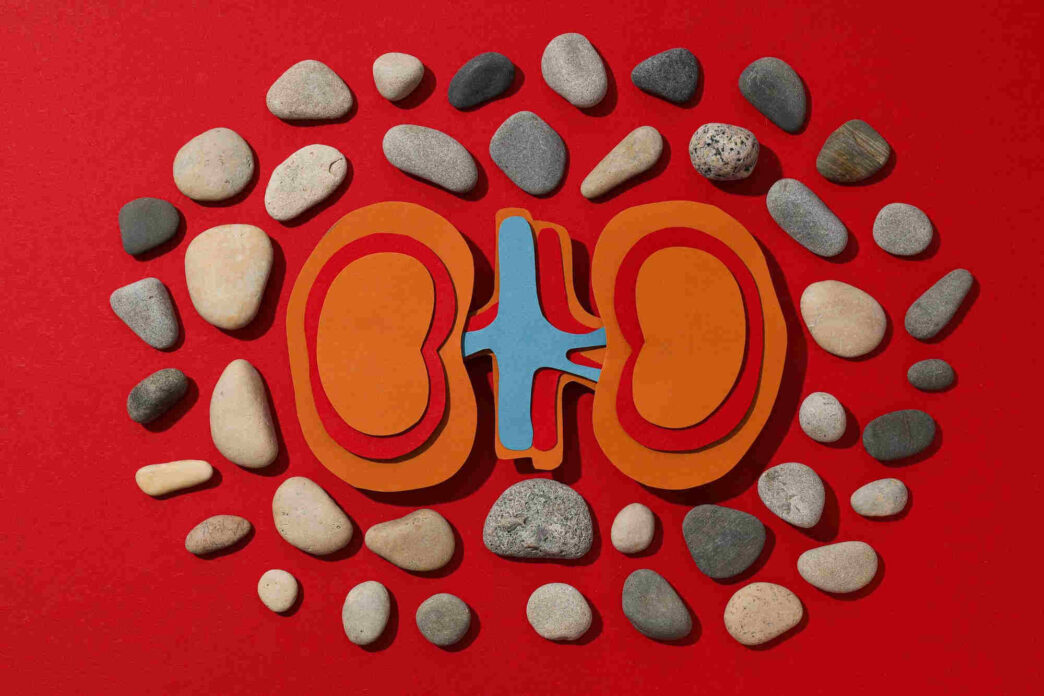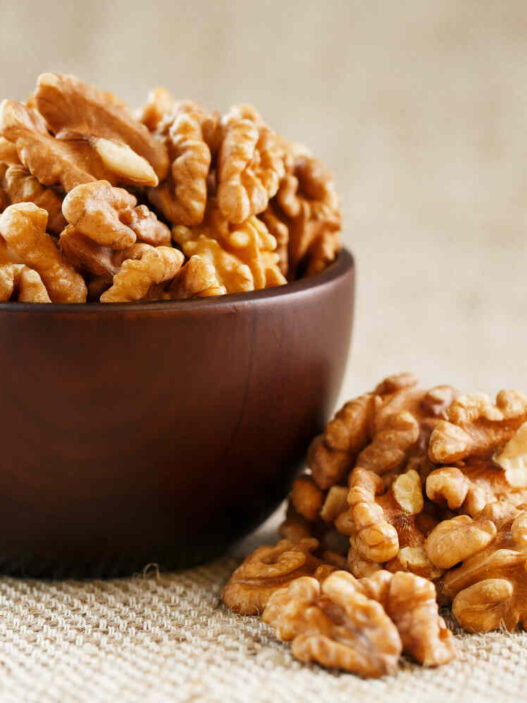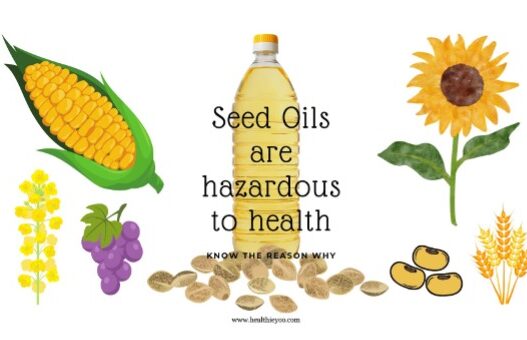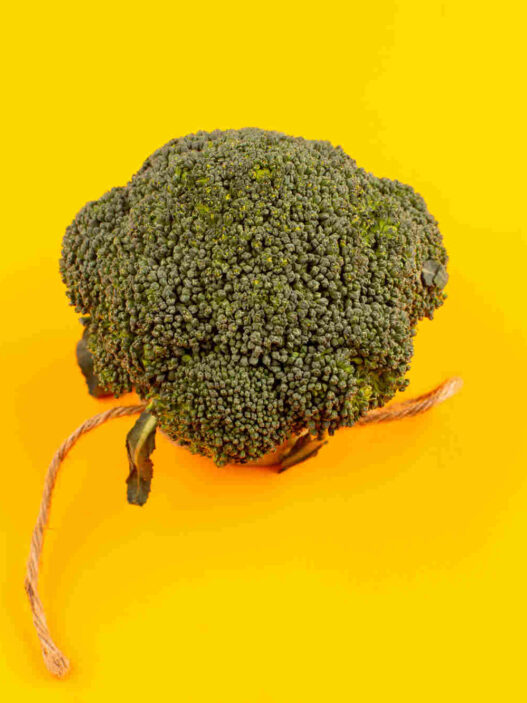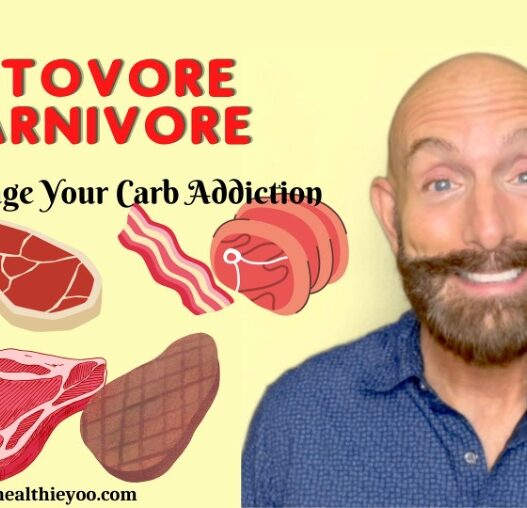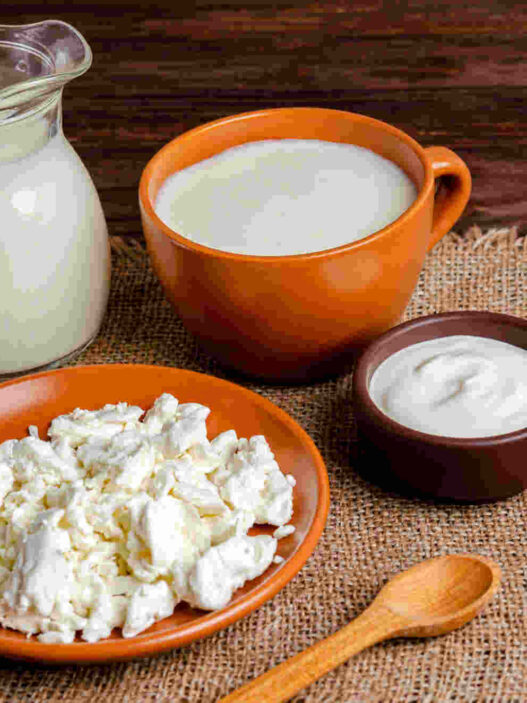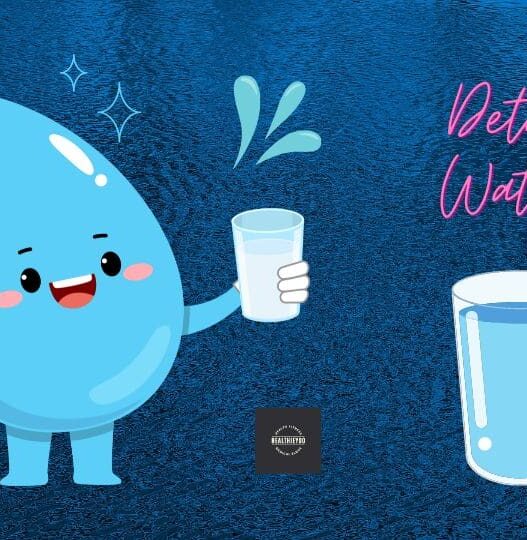High oxalate foods and risk of kidney stones? Check out what are oxalates, know foods high in oxalate, low oxalate foods list and ways to not to be negatively affected by oxalates.
All of us have heard about someone who was rushed to the emergency room because of kidney stones. Well, this happened to me last year. I woke up in the middle of the night with severe lower back pain on one side. It was so bad, that I had to rush to the hospital ASAP. The doctors did a scan, while I was wreathing in pain, to confirm that it was a stone moving through my kidney. Guys…. it’s similar in pain threshold to a woman giving birth.
The doctor gave me pain meds to help me get through it, but there was not much they could do other than administer meds to help me “pass” the stone. The passing of the stone is the painful part… when a stone is moving is when it hurts. It passes through the kidney, then through the ureter into the bladder, and eventually out through the urethra. Most kidney stones are calcium oxalate stones, though there are other forms of kidney stones.
What are Oxalates?
Oxalic acid is found in some vegetables, fruits, nuts, legumes, and spices and is one of many organic compounds that occur naturally. Plants use oxalates to regulate their internal mineral content and to help defend against predators. Some of these plant-based foods are considered very high oxalate, some medium, and some low oxalate.
Oxalic acid in vegetables, fruits, nuts, legumes, and spices is not like other chemicals in plants. When we stop consuming other problem-causing foods, any negative effects we might be experiencing from them, stop. Not so with oxalate-rich foods or foods high in oxalate. Oxalates build up over time in our body, and later on, when they move through the body, called “dumping,” they cause us pain and problems.
Now, oxalates can deposit in the nephrons of our kidneys, in our joints between our bones, and even in other parts of our body like our eyes. Oxalates form crystal-like microscopic shards of glass. They like to bind to calcium, magnesium, or potassium, but mostly calcium.
When oxalates bind to calcium, they can then “dump” or leave the body, usually through our bowels, but sometimes through our bladder too. They must first pass through our kidneys and ureters to get to the bladder. These oxalates rip and tear as they move, and that is what causes the pain and then those areas that get torn become inflamed. (1)
It is good to consume calcium-rich foods not only for bone and joint health, but so that the oxalates can bind to them and exit the body. Calcium-rich foods are dairy products, winter squash, and canned small fish with bones. Most people are deficient in magnesium and sometimes potassium.
Foods rich in these two minerals are salmon and other fatty fish and other seafood, avocados, certain nuts, chicken, and pork. Unfortunately, there is a whole list of other plant-based foods that are rich in magnesium and/or potassium, but they are also on the list of high oxalate foods, so I did not list them here. (2)
High oxalate foods
You are probably asking, “What are the vegetables, fruits, nuts, legumes, and spices that contain very high levels of oxalates and are considered as high oxalate foods?” They are raw and cooked spinach, cacao (dark chocolate), almonds, rhubarb, potatoes, beets, swiss chard, pomegranate, soy, and other legumes, figs, blackberries, starfruit, sweet potatoes, kiwi, buckwheat and amaranth, black pepper, black tea, cinnamon, allspice, curcumin and turmeric, and rinds of citrus fruits. Vitamin C supplements also contain high oxalates, so avoid adding more Vitamin C through pills if you are already getting some in the foods you eat.
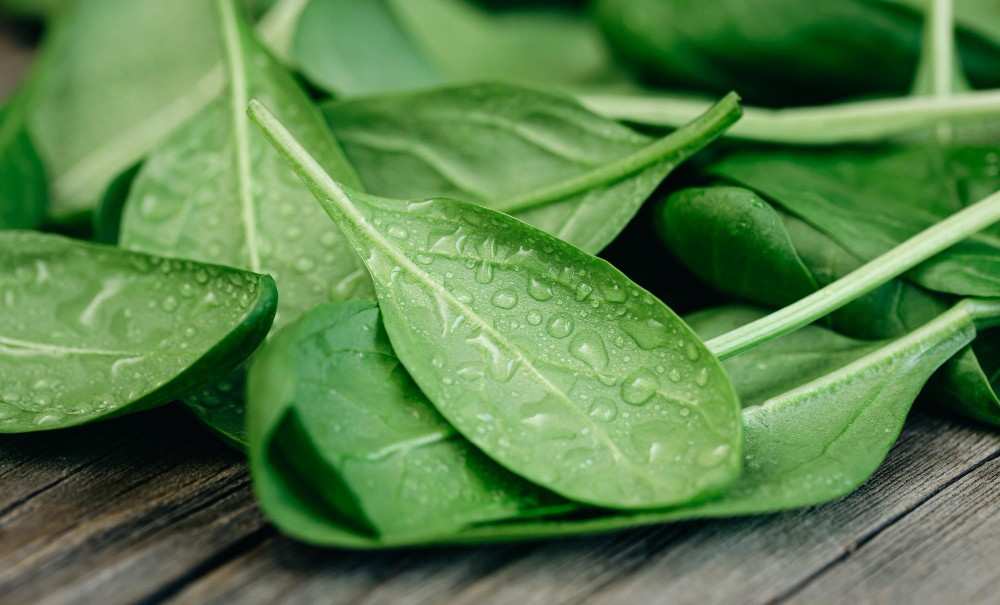
Consuming high oxalate foods in large amounts on a regular basis is highly discouraged! Enjoying some of these items occasionally is fine, but be conscious of the fact that they are very high oxalate-containing foods. Since we should not take Vitamin C pills, foods rich in Vitamin C are lemons and limes, bell peppers, and organ meat, especially the liver. Again, I did not list sources of Vitamin C that are also high in oxalate. (3) (4)
Low Oxalate Foods
Low oxalate foods are cauliflower, red bell pepper, avocado, grapes, cucumber, squash, blueberries, coconut, apple, cherries, non-black teas, and white pepper. Now, depending on the articles you read, they will list different items, but the ones I listed here are the common foods that are in agreement by the experts. There is also a list of medium oxalate foods you can easily find with a google search. (5)
If you had kidney stones in the past, you are now more likely to get them again in the future, so it is vital that you definitely consume low-oxalate foods. The safest low oxalate foods are carnivore. Sticking strictly to beef, pork, poultry, fish, eggs, and dairy will not give you problems with oxalates, as they contain almost zero oxalic acids. By the way, our body makes its own oxalates in very small amounts as a waste product.
Not all kidney stones are from oxalates. The three most common types of kidney stones are calcium oxalate, uric acid, and struvite. The latter is less common and is caused by infections in the upper urinary tract. There are also calcium phosphate stones, and cystine stones (6)
Some people who suffer from arthritis might actually be suffering from oxalates which are lodged in bone joints. They are like very tiny pieces of glass that when you move that joint, it hurts. (7)
Ways to not be negatively affected by oxalates:
- Avoid high oxalate foods listed above.
- To almost totally avoid oxalates, eat a strict carnivore diet or close to it.
- Drink plenty of water or non-oxalate fluids with electrolytes.
- Eat foods rich in calcium, magnesium, and potassium.
- Get Vitamin C through diet, and don’t add by supplementing.
- Add Apple Cider Vinegar, lemon, or lime juice but not the rind.
High Oxalic Acid is in some vegetables, fruits, nuts, legumes, and spices.
Oxalic acid forms microscopic shards of glass-like crystals that will bind with Calcium, Magnesium, and Potassium. Avoiding foods rich in oxalates is encouraged. Consumption of calcium, magnesium, and potassium-rich foods is encouraged, and all of this can be accomplished by eating a ketovore or carnivore way of eating.
If you indulge in a ketogenic diet, however, be conscious of high-oxalate foods and try not to consume them in excess, as some people tend to do when they go keto. Yes, Keto is healthy, but what distinguishes keto from ketovore and carnivore is vegetables, fruits, nuts, seeds, and spices. Remember, the closer to carnivore you eat, the fewer oxalates you consume.
So, now that I scared you….go off and eat and either moderate oxalate-rich foods or abstain from them.
Eat well so that you look and feel well!
I am the Seed Oil, Oxalate, and Carb Addiction Teacher. Follow me on Youtube. Check out Elliot Overton YouTube for extended/detailed information on Oxalates.
Sources
- Kidney Stone and Pain
- Kidney Stone and Pain
- WebMD/diet/foods high in oxalates
- Vitamin C Supplements
- Low Oxalate Foods
- Types of Kidney Stones
- Oxalates in joints

John LaSpina is a YouTube Influencer. He is a 58-year-old retired middle school teacher of 34 years. John taught Language Arts, Social Studies, Civics, and Video Production. John is a perpetual student, & most of his nutrition education comes from Dr. Anthony Chaffee, Dr. Ken Berry, Dr. Jason Fung, Dr. Shawn Baker, and others. John has been thriving on a very low carb diet for over 5 years now with being 100% carnivore for over 1 year and restarted his YouTube channel to inform and educate people about the Proper Human Diet. John is 100% non-profit. He does not sponsor any products or supplements and does not sell anything. He endeavors to help people achieve the great health results that he is currently enjoying on a Keto/Carnivore way of eating. John feels wealthy with his health now and is writing these articles and crating YouTube video content as a way of Paying It Forward. You can visit his channel here: https://www.youtube.com/@Carnivoreteacher1965/videos
